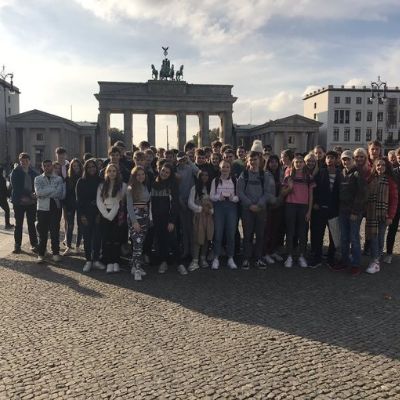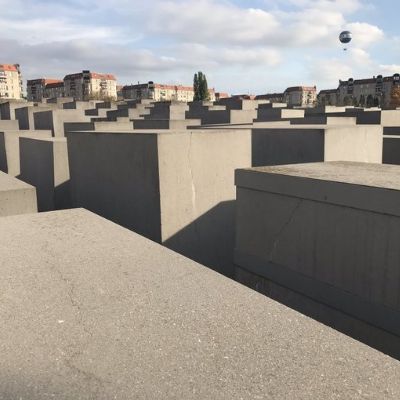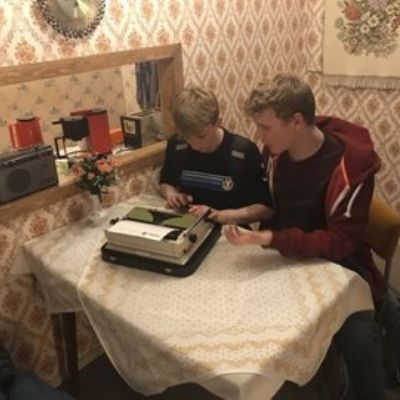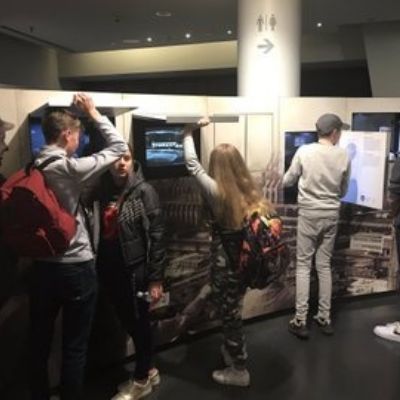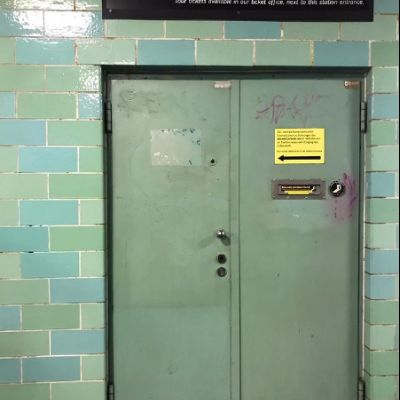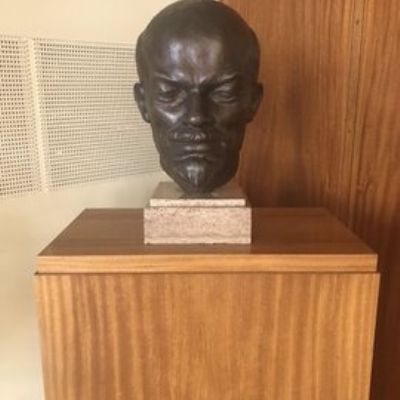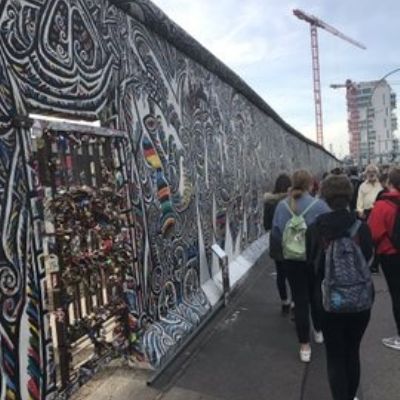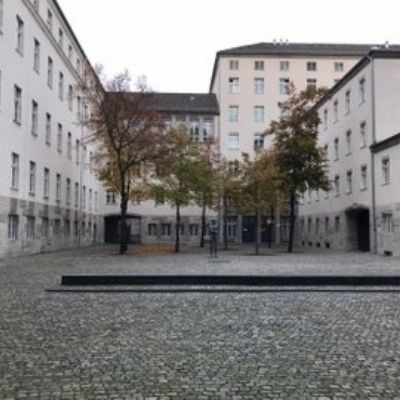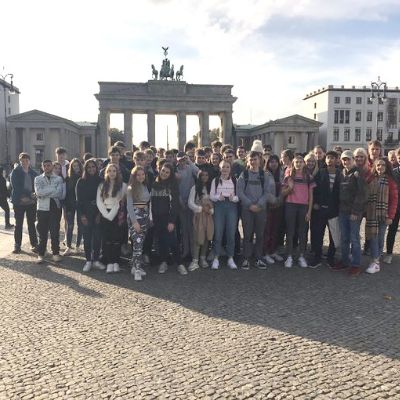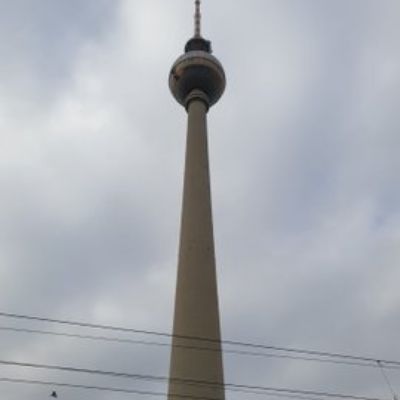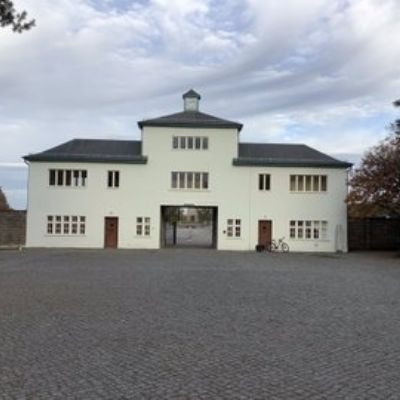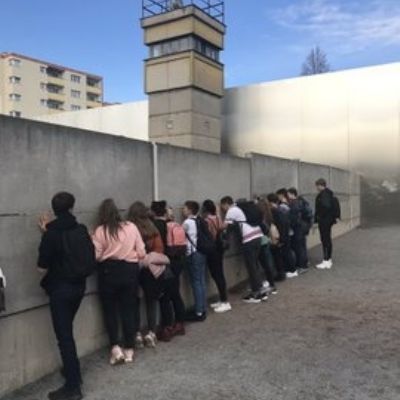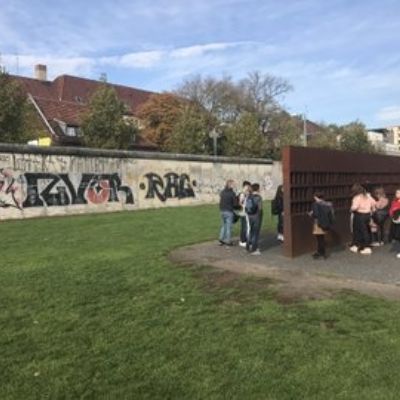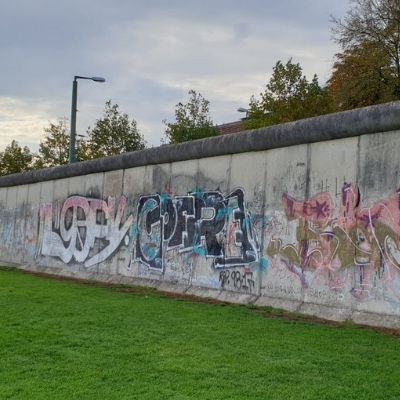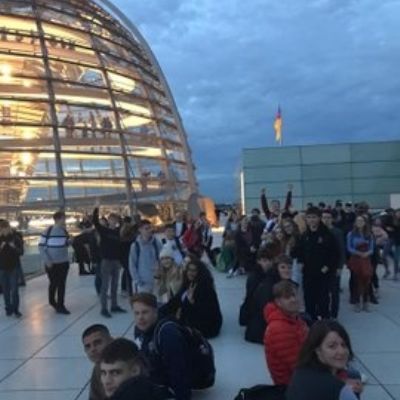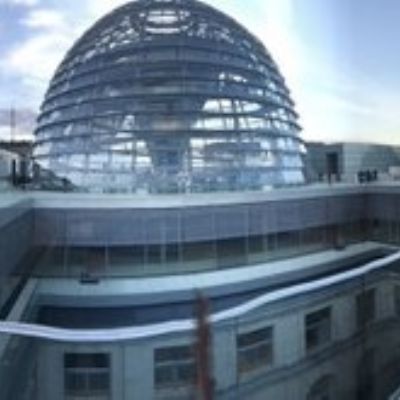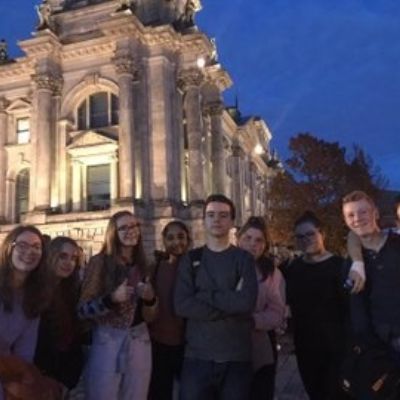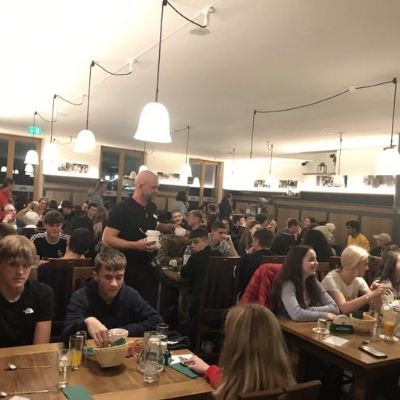History Trip To Berlin Explores A Complex But Fascinating City
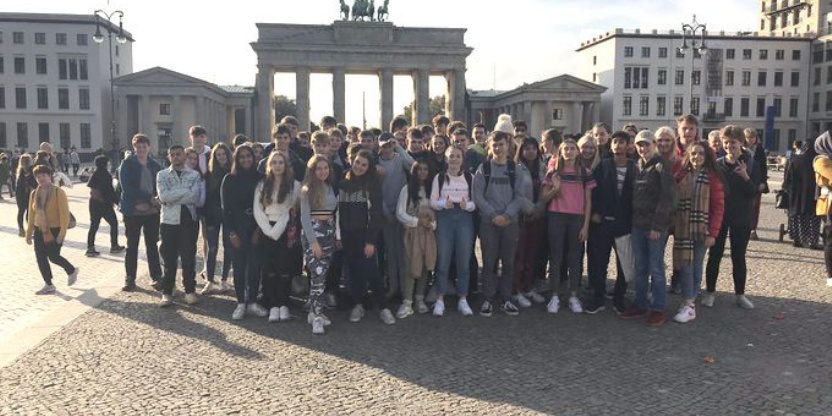
A much-anticipated trip to the fascinating capital city Berlin took place at the beginning of the Michaelmas half term.
Some 58 pupils and six staff headed off to Germany for five days of sightseeing, historical contemplation and adventure.
Princethorpe’s historians from Year 9 to Year 12 were on a quest for knowledge, enrichment and understanding of how Berlin’s complex past has influenced the world today. All were riveted by the sheer breadth of history to engage with in this complicated and once divided city.
Day two, the first full day, started with a visit to the Sachsenhausen Memorial Centre and Museum, once a concentration camp the site is now open to the public and pupils were able to reflect on the horrors of the past, both under the Nazis and the subsequent Soviet occupation. It was a sobering experience but an important one. The group moved on to the Berlin Wall Memorial, established in 1998 in memory of the victims of communism, there the guided tours were excellent helping pupils understand the history of the Wall and the division of Germany. Next came the Tränenplast, the Palace of Tears, and an opportunity to appreciate how partition cruelly affected the inhabitants of Berlin. Finally, the group visited the impressive Reichstag, the seat of the modern day German Bundestag where they were able to take in the spectacular views of the city’s skyline from the glass dome and rooftop terrace.
Day three started with a guided tour of the Museum of German Resistance, located in the former headquarters of the Army High Command, the exhibition documented those who resisted and opposed Nazi rule. In the afternoon the group visited the Stasi Museum. Left untouched since protestors occupied the building in 1990 the museum gave a vivid insight into the work of the DDR’s secret police. Then they visited the East Side Gallery, an open-air collection of works of art on one of the longest remaining stretches of the Berlin Wall. In the evening the group visited the Gesundbrunnen Bunkers, the air raid shelters quietly tucked away behind a green door beneath an underground train station that still to this day contain many artefacts from the war.
Day four began with a visit to the iconic Checkpoint Charlie, the most important of all border posts and the museum that told the story of how people escaped. The group then visited the Asisi Panorama, an impressive interpretation of life within divided Berlin. Then came the disturbing Topography of Terror an open-air exhibition that details the history of repression under the Nazis before a visit to the memorial to the murdered Jews of Europe, a huge grid of concrete slabs that includes an underground space with the names of all known Jewish Holocaust victims. The tour-party then visited the neoclassical Brandenburg Gate before they had the opportunity to discover what life was really like in the GDR in the DDR Museum.
On their very last day pupils concluded their visit to Berlin with a trip to the Alexanderplatz and the iconic TV Tower.
Pupils and staff returned to the UK with many striking memories from a complex but fascinating city and a real appreciation of its role in 20th Century history.
Head of History Paul Bucknall commented, “This was a hugely informative trip to a city that has been shaped by idealism and tyranny yet has managed to transform itself into the modern metropolis visitors flock to today. There is just so much to see and do, we squeezed all we could into what was at times a frantic five days. I know pupils enjoyed the trip and I am proud of their behaviour and maturity. I am confident they will have gained a lot from the experience and have a much better understanding of the history of Western Europe.”

